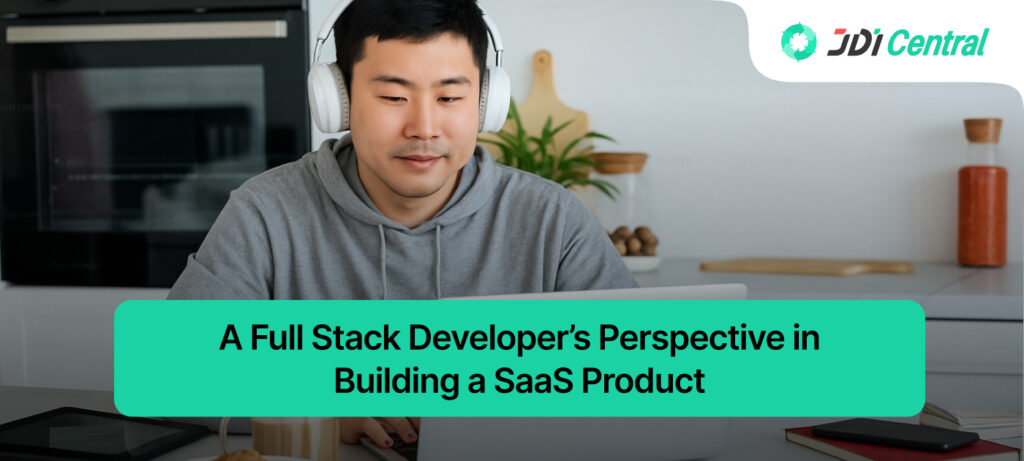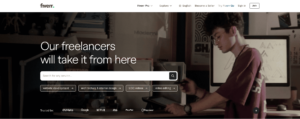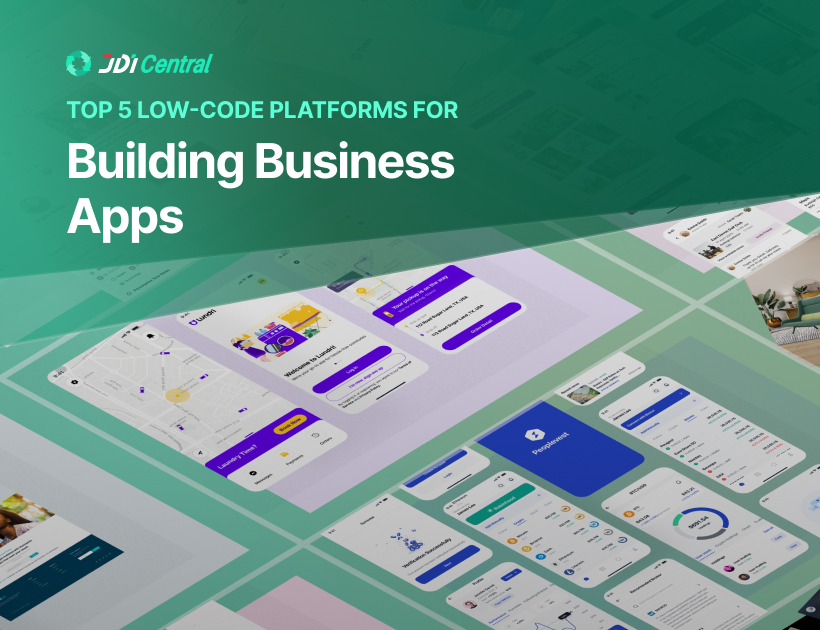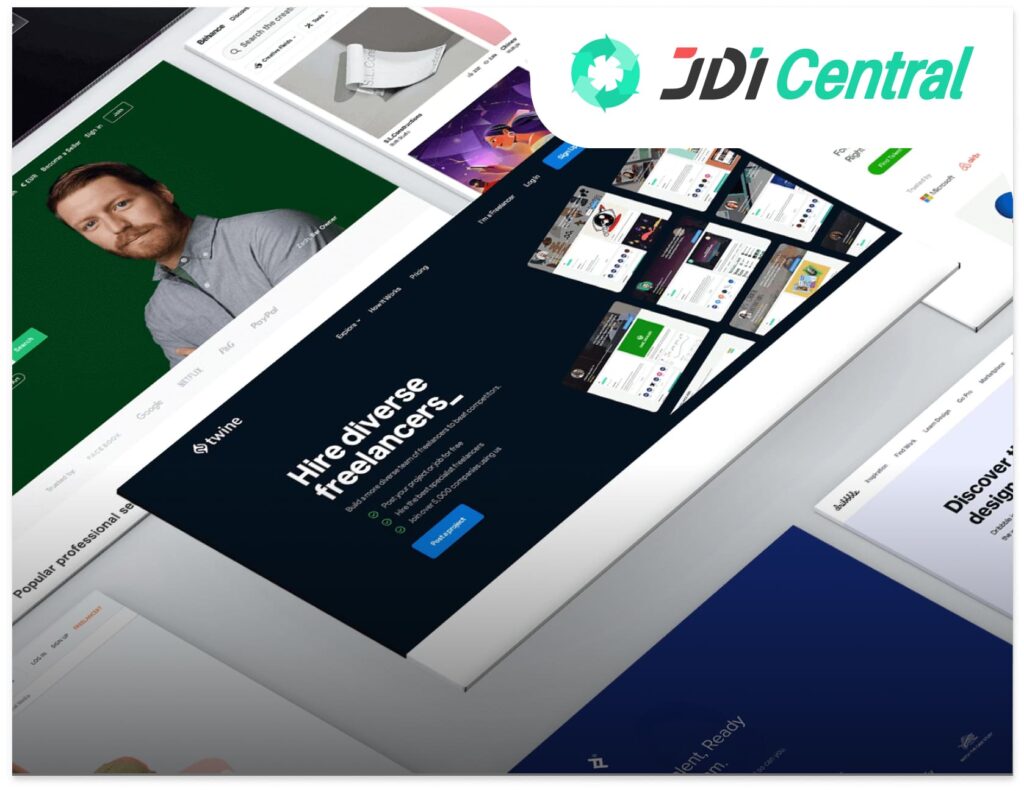A Full Stack Developer’s Perspective in Building a SaaS Product
6-minute read
|
By

In today’s fast-paced digital world, Software as a Service (SaaS) has become more than just a buzzword—it’s a way of life. From productivity tools to streaming platforms, SaaS applications power so much of what we do daily. As a Senior Full Stack Developer at BOSC Tech Labs, I’ve been fortunate to work on building SaaS solutions that not only solve real-world problems but also scale effortlessly as businesses grow.
Through this article, I’d like to sharewhat it’s like to build a SaaS application from a developer’s perspective—the challenges, strategies, and lessons learned along the way. If you’ve ever wondered what goes on behind the scenes of the apps you use daily, keep reading!
The SaaS Mindset
Before jumping into the technicalities, let’s talk about what makes SaaS so unique. Unlike traditional software, SaaS applications are hosted in the cloud and accessed via the web, meaning users don’t have to download or install anything. This approach makes SaaS incredibly convenient, but it also comes with its own set of challenges.
For developers, building a SaaS product isn’t just about writing code—it’s about creating something scalable, secure, and user-friendly. It’s about thinking long-term, anticipating user needs, and ensuring the product can grow without breaking under pressure.

Step 1: Laying the Groundwork
Every great SaaS application starts with a clear purpose. Why does it exist? Who is it for? What problem does it solve? These questions guide the entire development process. Collaborating with stakeholders, designers, and product managers early on helps create a shared vision of what the final product should look like.
Choosing the Right Tools
One of the first technical decisions is selecting the technology stack. Here’s what I typically consider:
- Frontend: React.js or Next.js for their speed and flexibility.
- Backend: Node.js with Express.js for its efficiency and scalability.
- Database: PostgreSQL or MongoDB, depending on whether the data is relational or not.
- Cloud Platform: AWS or Google Cloud to handle hosting, storage, and more.
- DevOps Tools: Docker and Kubernetes for managing deployments and scaling.
These tools are like the building blocks of a SaaS application. Choosing the right ones can make or break the project.
Step 2: Building for Growth
One of the biggest challenges in SaaS is handling growth. What happens when your app goes from 100 users to 100,000? It needs to scale, and that’s where thoughtful architecture comes in.
Breaking It Down with Microservices
Instead of building a single, massive application (known as a monolith), I prefer a microservices architecture. This approach splits the app into smaller, independent services. For example, the user authentication system operates separately from the payment system. This makes it easier to scale specific parts of the application as needed.
Optimizing the Database
Efficient database management is another critical piece. Techniques like indexing, caching, and partitioning help ensure the app performs well even as the user base grows. I often use Redis for caching, as it speeds up response times dramatically.
Step 3: Prioritizing the User Experience
At the heart of any SaaS application is its users. No matter how brilliant the backend is, users will only stick around if the app is easy to use and performs well.
Responsive and Intuitive Design
People access SaaS applications on all kinds of devices, from laptops to smartphones. Ensuring the app looks and works great across all screen sizes is non-negotiable. Tools like Tailwind CSS or Bootstrap make it easier to build responsive designs.
Performance Matters
Nobody likes waiting for a page to load. Optimizing the frontend using techniques like lazy loading, code splitting, and content delivery networks (CDNs) can make a noticeable difference.
Step 4: Keeping It Secure
In a world where data breaches are becoming more common, security is something I take very seriously. SaaS applications often handle sensitive information, so it’s our responsibility to keep it safe.
Secure Authentication
Using protocols like OAuth or JWT ensures that users log in securely. Adding role-based access control (RBAC) limits what users can do based on their roles, adding an extra layer of protection.
Encrypting Everything
Whether data is in transit (moving between the app and the user) or at rest (stored in the database), encryption is essential. HTTPS and encrypted databases are standard practices.
Step 5: Ensuring Reliability
Have you ever tried to use an app only to find it’s down? Frustrating, isn’t it? That’s why reliability is non-negotiable for SaaS applications.
Load Balancing
When thousands of users access an app simultaneously, load balancing ensures no single server is overwhelmed. Tools like AWS Elastic Load Balancer help distribute the load evenly.
Backups and Recovery
Things go wrong—it’s a fact of life. Automated backups and a solid disaster recovery plan ensure data can be restored quickly if something goes awry.
Step 6: Iterate, Improve, Repeat
The beauty of SaaS is that it’s never “done.” Once the app is live, regular updates keep it fresh and competitive. Continuous Integration and Continuous Deployment (CI/CD) pipelines automate testing and deployment, making it easier to roll out new features without disrupting the user experience.
What It Means to Be a Full Stack Developer
As a full stack developer, I’m involved in everything—from the backend logic that powers the app to the frontend interfaces users interact with. It’s a role that requires a mix of technical skills, problem-solving, and collaboration.
But what I love most is the impact. Seeing something I’ve built help businesses succeed or make users’ lives easier is incredibly fulfilling.
Final Thoughts
Building a SaaS application is both a challenge and a privilege. It’s about turning ideas into solutions that scale, adapt, and delight users. From choosing the right stack to prioritizing security and user experience, every decision plays a role in shaping the final product.
If you’re a developer working on a SaaS project or a business owner considering one, I’d love to hear your thoughts. Let’s connect and exchange ideas—because when it comes to building great software, collaboration is key.

Related Articles

JDI Central
Premium
The fastest way to hire right.
Flexible plans. Curated freelancers. Dedicated support.






